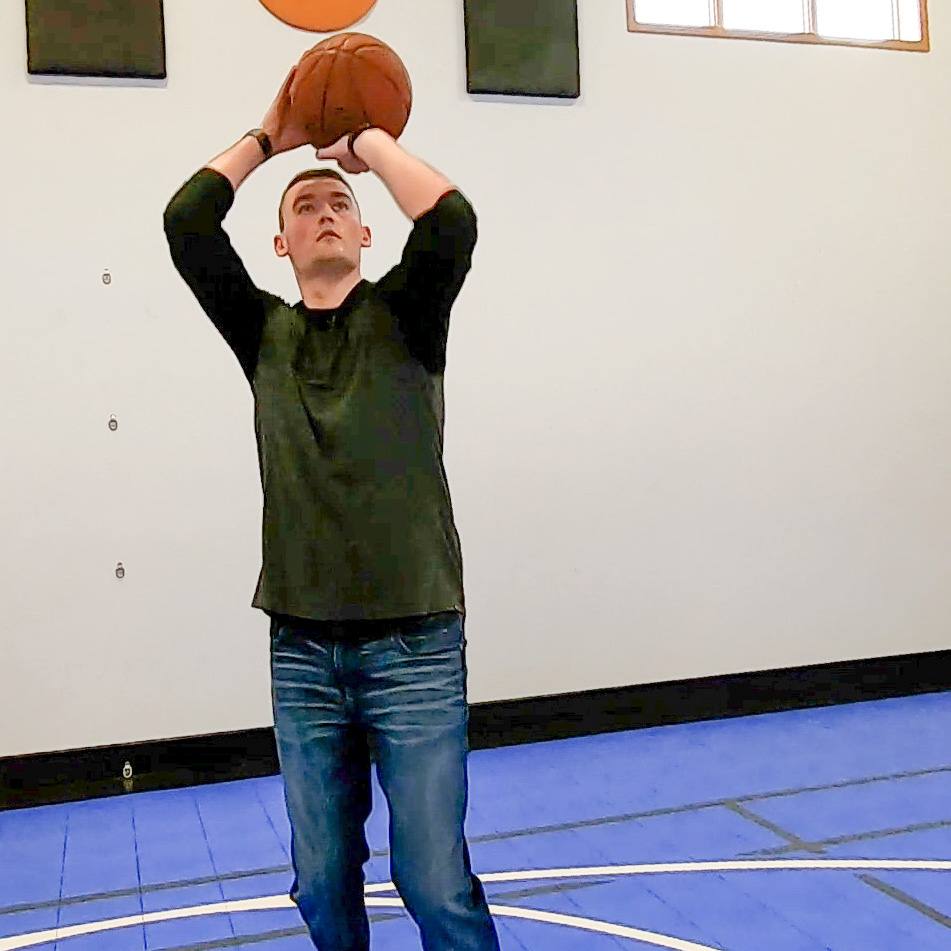It took some time to discover the source of the troubling symptoms that plagued Dorothy Sorlie. But once she was diagnosed with normal pressure hydrocephalus, neurosurgery fixed the problem and allowed Dorothy to return to the activities she loves.
For two years, Dorothy Sorlie struggled with symptoms that appeared unrelated and progressively got worse. The 77-year-old Eau Claire, Wisconsin, resident says she lost interest in the activities she previously enjoyed. She began to struggle with walking and constantly feared a fall. She also developed urinary incontinence.
"My decreased mobility was blamed on my arthritis and my right foot, which needed surgery," Dorothy says. "My lack of interest … I blamed on pain. The reality was that I was unable to concentrate. The foot surgery recovery was very difficult, and it was then that the urinary incontinence became a tough situation."
Uncovering the cause
As her symptoms became worse, Dorothy tried various treatments, but none seemed to make a difference. Through it all, Dorothy's physician, Kevin Wergeland, M.D., an Internal Medicine physician at Mayo Clinic Health System in Eau Claire, did not give up.
A CT scan finally revealed the source of the problem. Ordered after an appointment with Catherine Schmidt, D.O., a Physical Medicine and Rehabilitation physician, the scan showed that Dorothy had developed a condition called normal pressure hydrocephalus.
The fluid-filled chambers, or ventricles, in Dorothy's brain were enlarged due to an accumulation of extra cerebrospinal fluid, which normally flows through the ventricles and bathes the brain and spinal column. Although the fluid pressure in her brain was normal, the enlarged ventricles were disrupting nearby brain tissue. That was affecting Dorothy's brain function and causing her symptoms.
"In the best candidates for surgery, a shunt is effective 50 to 60 percent of the time. The results are very dramatic for those who do get better."
Jonathan Bledsoe, M.D.
Dorothy met with Jonathan Bledsoe, M.D., a neurosurgeon at Mayo Clinic Health System in Eau Claire, who explained why normal pressure hydrocephalus can be difficult to diagnose and discussed her treatment options.
"These patients present typically with three kinds of symptoms: dementia, gait instability and incontinence," Dr. Bledsoe says. "Unfortunately, several other things can cause these symptoms, as well."
Normal pressure hydrocephalus can be a result of head trauma, an infection or complications of surgery. People also can develop normal pressure hydrocephalus for no obvious reason, and that was the case for Dorothy. Although it can happen at any age, hydrocephalus occurs more frequently among infants and adults 60 and older.
Achieving relief
The most common treatment for hydrocephalus is the surgical insertion of a drainage system, called a shunt. It consists of a long, flexible tube with a valve that keeps fluid from the brain flowing in the right direction and at the proper rate. One end of the tubing usually is placed in one of the brain's ventricles. Then the tubing is routed under the skin to another part of the body where the excess cerebrospinal fluid can be more easily absorbed, such as the abdomen or a chamber in the heart.
A few days after her diagnosis, Dorothy had a shunt surgically implanted by Dr. Bledsoe. "In the best candidates for surgery, a shunt is effective 50 to 60 percent of the time," says Dr. Bledsoe. "The results are very dramatic for those who do get better."
After surgery and the rehabilitation that followed, Dorothy reported to Dr. Wergeland that she felt much better. He says: "After treatment, she has, thankfully, improved and has said this to me many times: 'I have my life back.'"
Now Dorothy is busy enjoying the activities she loves and spending time with her family. "I'm so very blessed," she says.
Note: A version of this story previously was published in Hometown Health.
HELPFUL LINKS
- Learn more about hydrocephalus.
- Read about Neurosurgery at Mayo Clinic Health System.
- Connect with others talking about brain and nervous system conditions on Mayo Clinic Connect.
- Explore Mayo Clinic Health System.
- Request an appointment.
Related Articles








